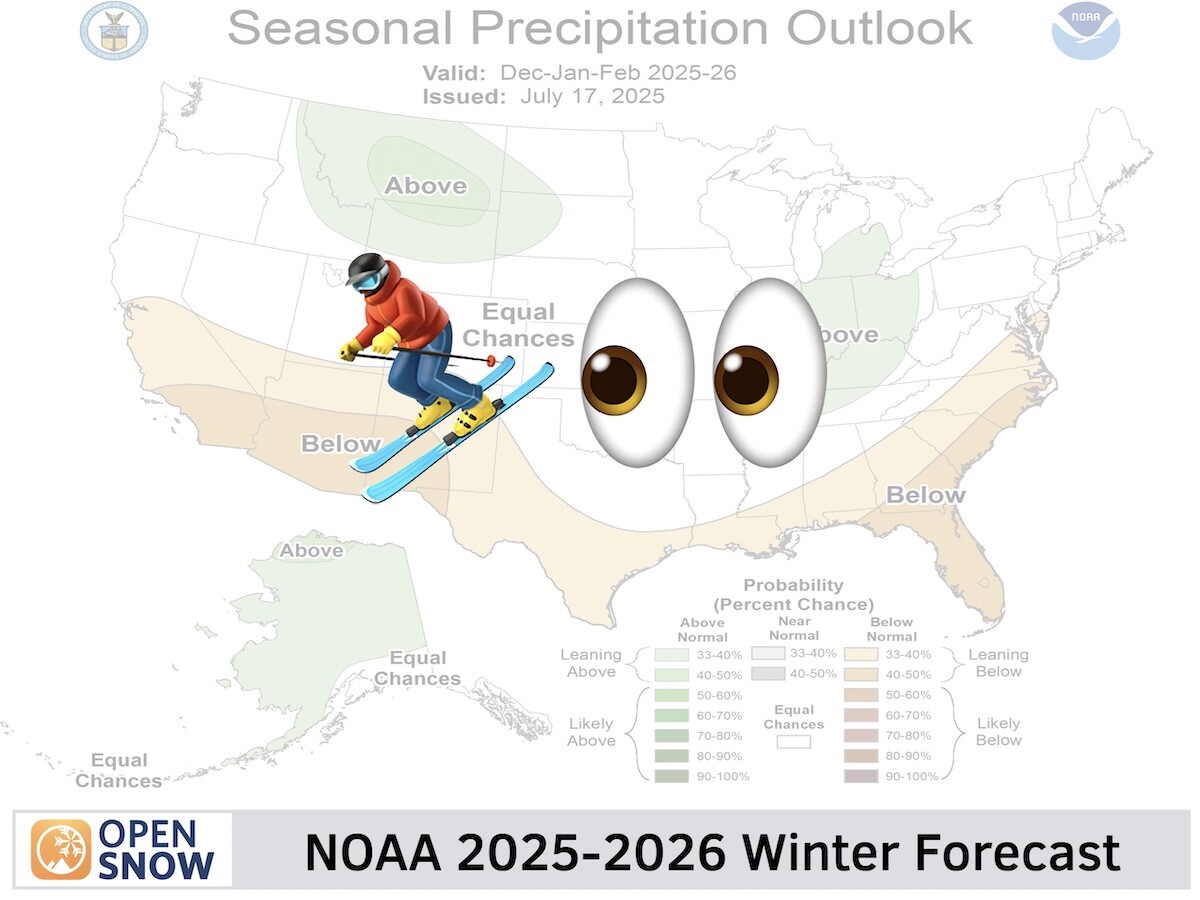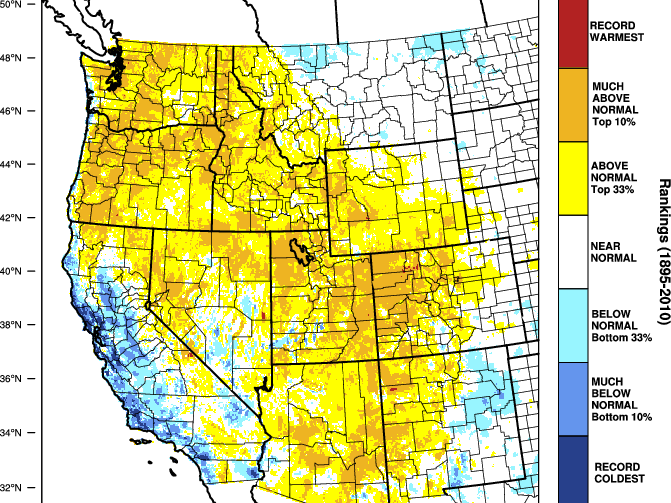News

By Alan Smith, Meteorologist Posted 2 years ago July 24, 2023
Tornado Confirmed on the North Side of Pikes Peak
The National Weather Service office in Pueblo (CO) has confirmed that a high-altitude tornado touched down on the northern slopes of Pikes Peak on July 20, 2023 at around 9,000 feet. The tornado has been given an EF-1 rating on a scale of 0 to 5.
The tornado was confirmed by a damage survey conducted by NWS Pueblo, with downed trees indicating a cyclonic path. Peak winds were estimated to have reached 108 mph. The length of the tornado damage path was 2.2 miles with a maximum width of 75 yards.
Here is a view of the damage path with the summit of Pikes Peak in the background.

The tornado formed on a day when numerous atmospheric ingredients came together to result in a significant severe weather threat across the Front Range and Eastern Colorado.
A potent shortwave was moving into Colorado from the northwest during the early afternoon hours of Thursday, June 20, which resulted in strong wind shear (the change in wind speed and wind direction with altitude) was significant.
Additionally, low levels winds were out of the southeast, which transported an abundance of moisture toward the eastern slopes of the Front Range. Instability was also high, which combined with deep moisture and wind shear resulted in a favorable setup for severe weather.
A lone thunderstorm developed over the Tarryall Mountains (Lost Creek Wilderness) around 12:30 pm before tracking east/southeast. As the storm approached the northern slopes of Pikes Peak, it developed into a rotating supercell thunderstorm and begin to track in more of NW to SE direction – a "right turn" relative to the other thunderstorms in the area, which is a classic sign of a rotating thunderstorm.
The storm also began to take on the shape of a hook echo on radar, and a tornado warning was issued by NWS Pueblo.

Another radar view that meteorologists use to monitor thunderstorms is the velocity scan. Velocity images on radar detect winds blowing toward and away from the radar site, along with the magnitude of wind speeds.
Red colors indicate winds moving away from the radar, and green colors indicate winds moving toward the radar. Brighter shades of each color indicate stronger wind speeds.
When bright red and green colors are located next to each other in a tight "couplet", this indicates strong rotation and often means a tornado is ongoing or imminent.

Once the tornado was on the ground, it crossed the Pikes Peak Highway on three separate occasions before lifting near mile marker 5. Fortunately, there were no injuries.
The tornado was spotted from a distance from the northwest near the town of Divide.
Full Pikes Peak Tornado Report from NWS Pueblo
While tornadoes are fairly common on the plains of Colorado, they are relatively rare across the higher elevations in the mountains due in part to cooler air and less instability compared to the plains.
However, richer moisture can sometimes work its way up the eastern slopes of the Continental Divide. If the combination of wind shear and instability is just right as this happens, then rotating thunderstorms and even tornadoes are possible.
Although rare, this is not the first time a high-altitude tornado has occurred in the Front Range of Colorado. Back in 2015, a tornado touched down near Devil's Head in the Rampart Range just north of Pikes Peak at an elevation of near 9,000 feet.
Believe it or not, this is also not the first time a tornado has touched down on or near a Colorado 14er. In July 2012, a tornado was confirmed on the northeast side of Mt. Evans at an elevation of 11,900 feet. This is the highest tornado ever recorded in Colorado and the second highest on record in the U.S.
So while tornadoes are less common in the mountains, the old saying that "tornadoes don't happen in the mountains" is a myth. They can and do occur in mountainous terrain when the conditions are just right. Here is an outstanding article by Meteorologist Kathryn Prociv that discusses the history and science of mountain tornadoes.
Alan Smith
About The Author




